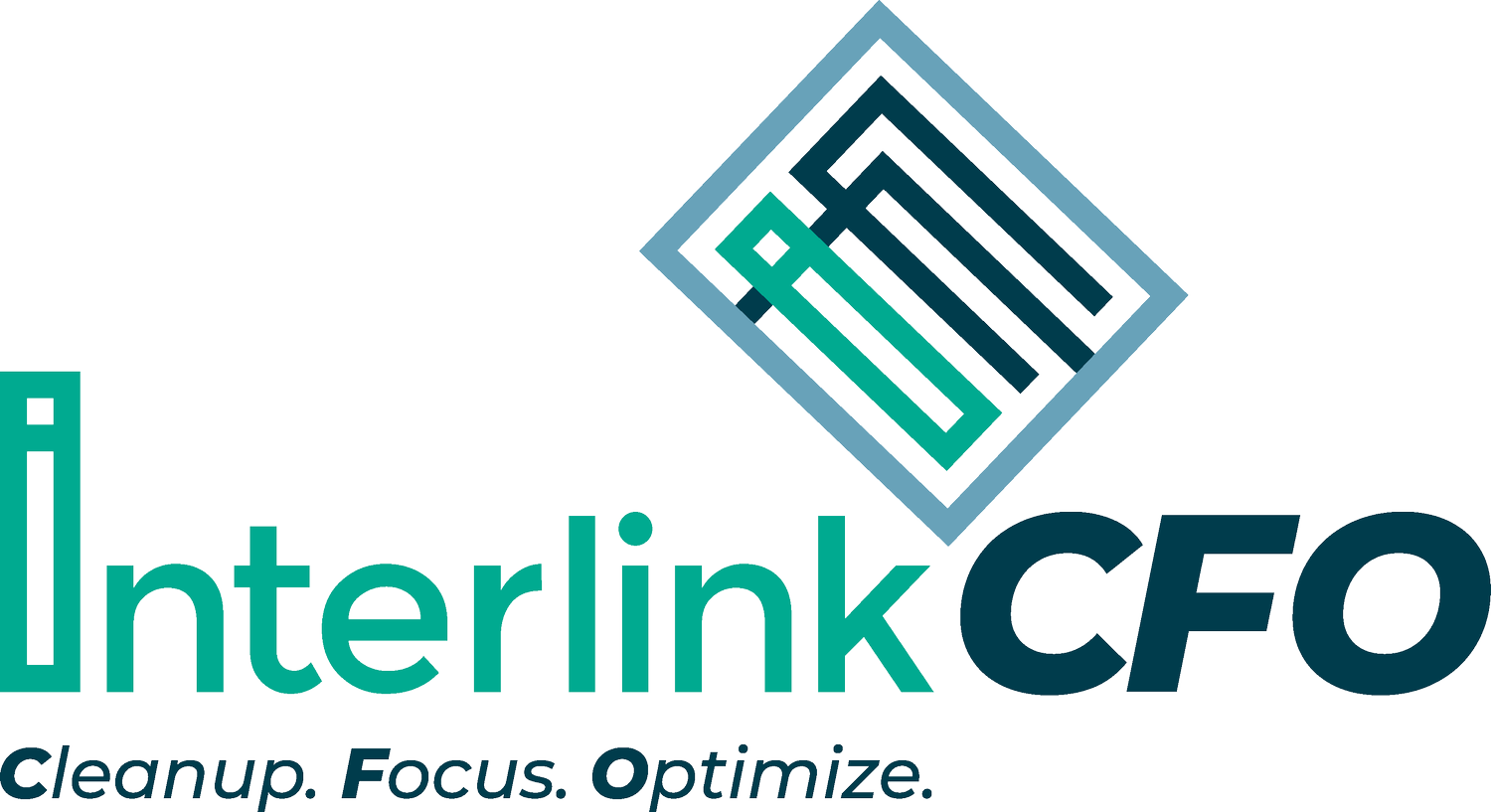Achieve Financial Freedom for Your Business
Financial freedom can mean different things to different business owners. For some, it's the reassurance of being able to meet payroll without stress, while for others, it's having the resources to expand or invest in new products. Regardless of your specific vision of financial freedom, creating a solid plan and avoiding common obstacles is essential.
Managing Operating Expenses Without Credit
Achieving financial freedom means being able to cover operating expenses without relying on credit. This requires disciplined financial management and a focus on maintaining positive cash flow. Look for ways to cut costs and improve efficiency, such as negotiating better terms with suppliers or investing in automation technologies.
Building a Financial Safety Net
Establishing a financial safety net is a key step toward business stability. This involves prudent debt management and effective cash flow practices. Start by evaluating your current debt and using one of several repayment strategies, such as the Snowball or Avalanche methods. Reducing debt not only alleviates financial stress but also enhances your business’s cash flow.
Managing cash flow efficiently is another crucial element. Implement a reliable cash flow forecasting system to predict your future financial needs and avoid cash shortages. Additionally, build an emergency fund by saving a portion of your profits each month. This reserve can provide a buffer against unexpected expenses or downturns.
Setting Financial Freedom Goals
Defining clear financial goals is vital for achieving financial freedom. Establish both short-term and long-term objectives. Short-term goals might include cutting monthly expenses or boosting revenue through targeted marketing. Long-term goals could focus on saving for expansion or eliminating business debt.
A well-crafted budget is instrumental in reaching these goals. Develop a comprehensive budget that accounts for all business expenses and adhere to it. Regularly review and adjust your budget to ensure alignment with your financial goals.
Strategic and Succession Planning
Strategic planning involves setting a direction for your business and preparing for growth. This includes identifying potential risks and developing strategies to manage them. Succession planning is equally important, particularly for small business owners. Having a succession plan in place ensures that your business can continue to thrive even if there are changes in leadership or ownership.
Conclusion
Reaching financial freedom for your business is a gradual process that requires careful planning and disciplined financial management. By building a financial safety net, setting clear goals, engaging in strategic and succession planning, and managing expenses without relying on credit, you can pave the way for a financially secure future. Start taking steps today to gain control over your business’s financial health and move toward financial freedom.
